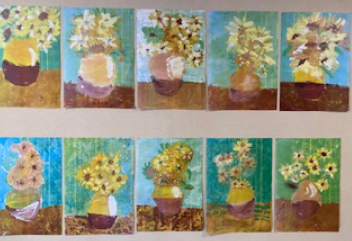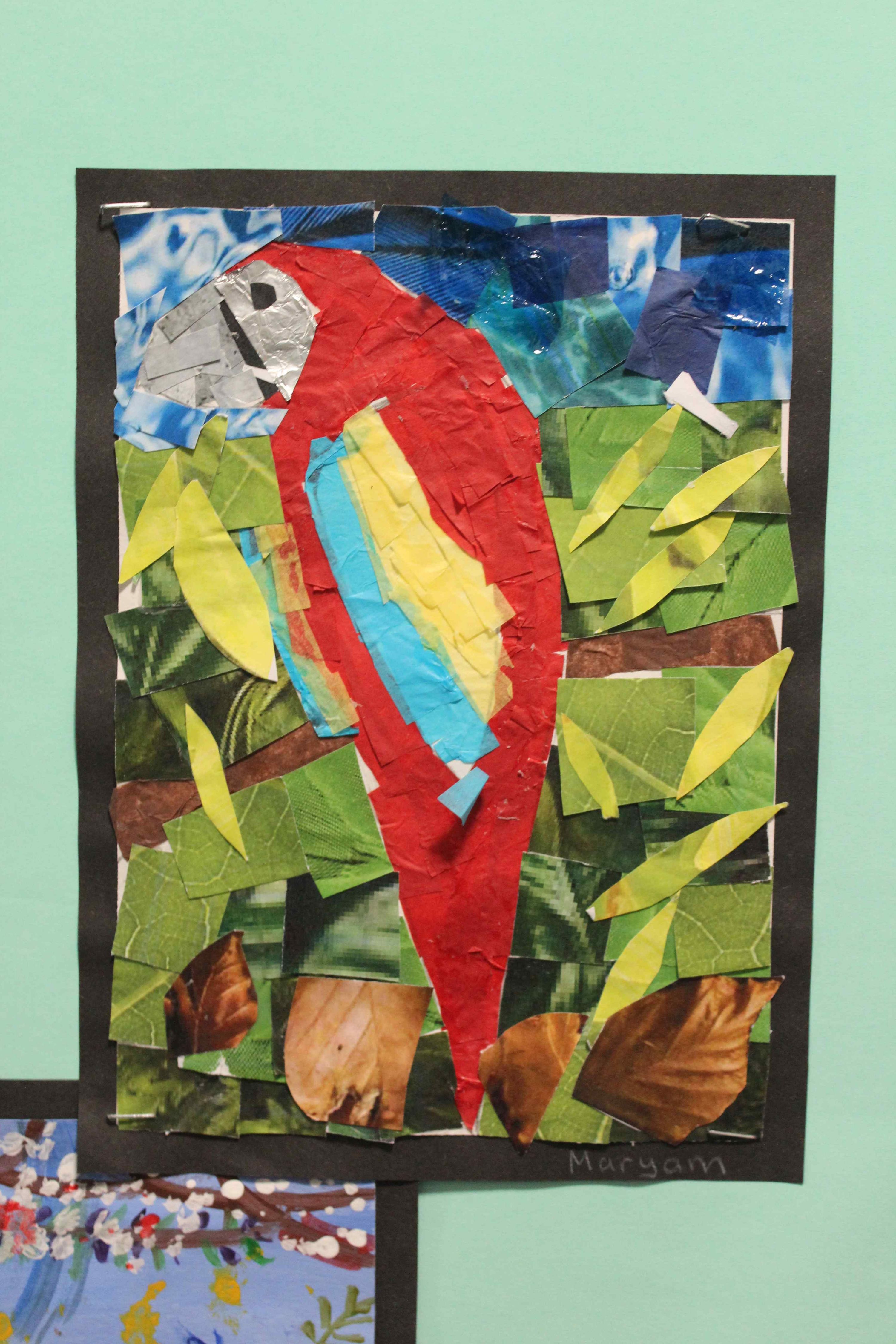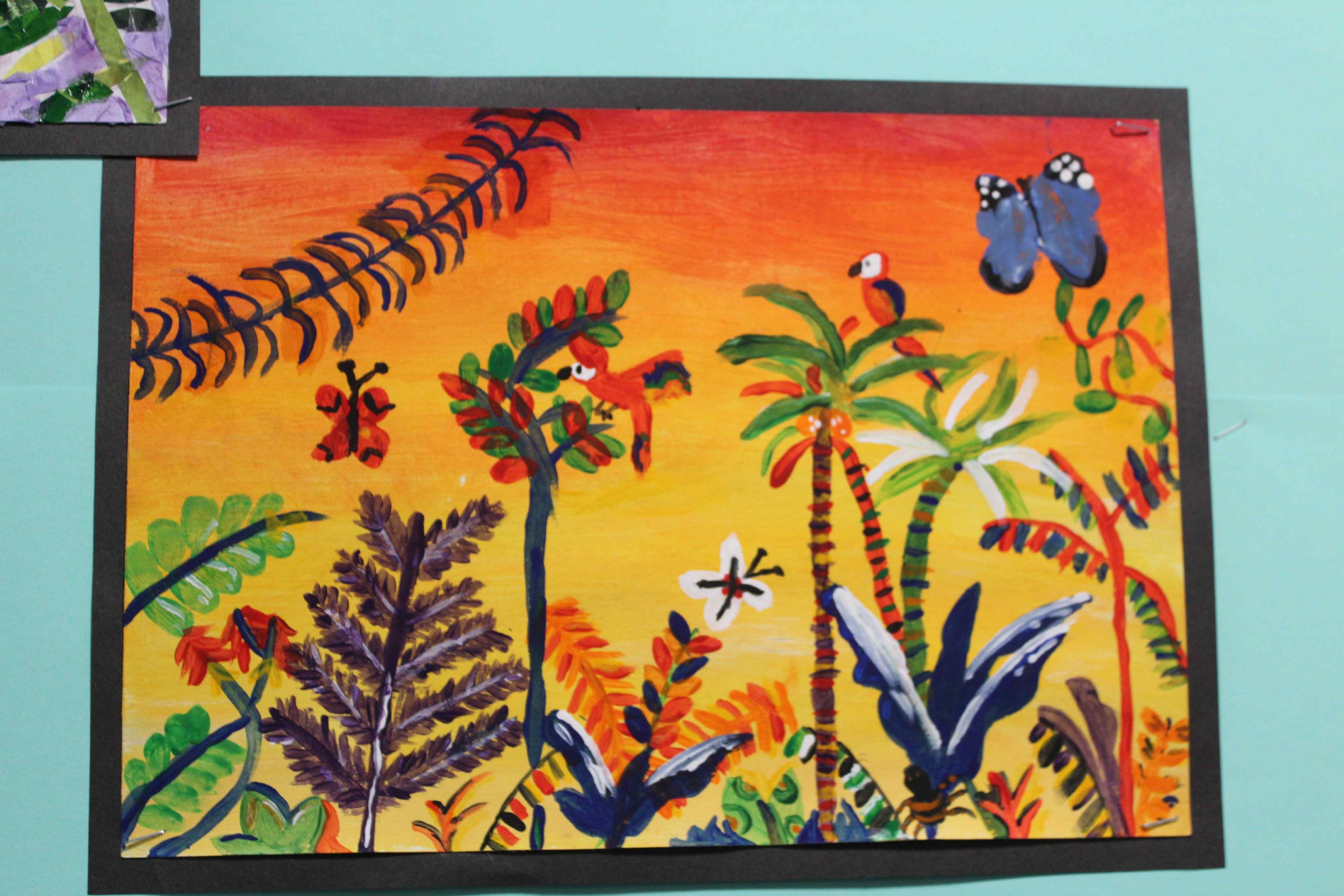Art
Art plays a crucial role in primary school education, contributing to the overall development of children. We are proud of our broad and balanced curriculum which ensures that our pupils have exposure to a range of mediums to develop their skills throughout their time at Highwoods and are introduced to the work of different artists.

-
Creativity and Self-expression: Art provides a platform for children to express themselves creatively. It allows them to explore their thoughts, feelings, and ideas in a non-verbal way, fostering individuality and self-expression.
-
Fine Motor Skills: Engaging in art activities helps develop fine motor skills. Holding a paintbrush, cutting paper, or moulding clay all require precision and coordination, contributing to the refinement of motor skills.
-
Cognitive Development: Art encourages cognitive development by promoting problem-solving skills and critical thinking. Children learn to make decisions, experiment with different materials, and think critically about their choices during the creative process.
-
Cultural Awareness: Art provides an opportunity to explore different cultures and traditions. Through art projects inspired by various cultures, children can develop an understanding and appreciation for diversity.
-
Communication Skills: Art allows children to communicate visually. It helps them convey ideas, thoughts, and emotions that might be challenging to express verbally, enhancing their communication skills.
-
Boosts Confidence: Completing art projects and receiving positive feedback can boost a child's confidence and self-esteem. It instils a sense of accomplishment and pride in their abilities.
-
Social Skills: Art often involves collaborative projects, fostering teamwork and social skills. Children learn to share materials, work together on projects, and appreciate each other's contributions.
-
Sensory Exploration: Art engages multiple senses, such as touch, sight, and sometimes even smell. This sensory exploration is essential for the holistic development of young children.
-
Integration with Other Subjects: Art can be integrated with other subjects, making learning more cross-curricular and accessible.
-
Appreciation for the Arts: Exposure to various forms of art can cultivate an early appreciation for the arts. This exposure lays the foundation for a lifelong interest in and understanding of artistic expression.


